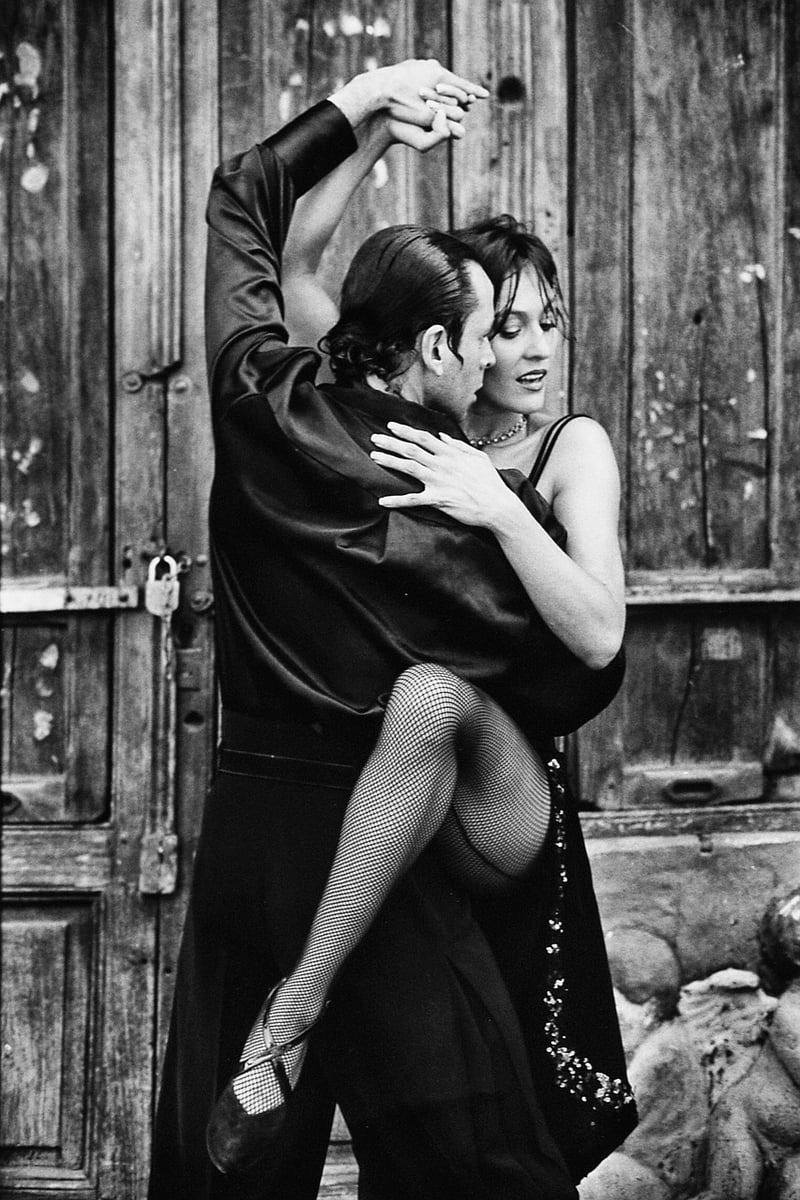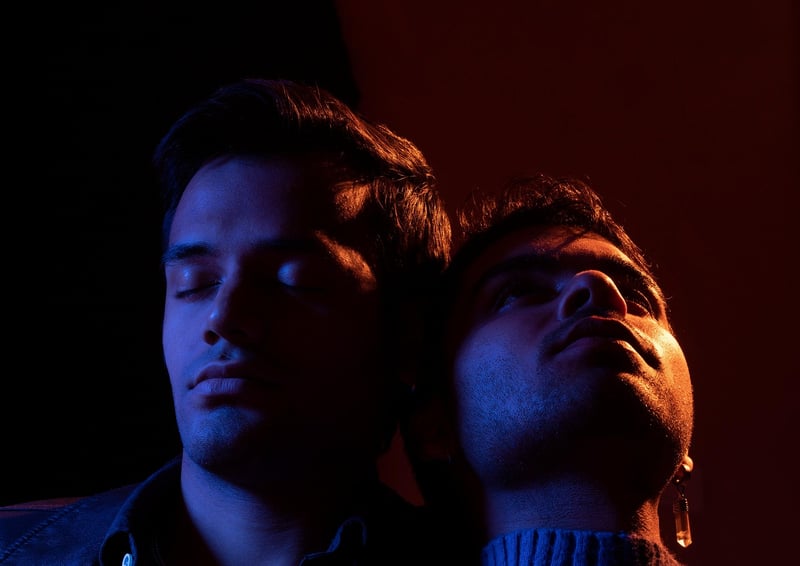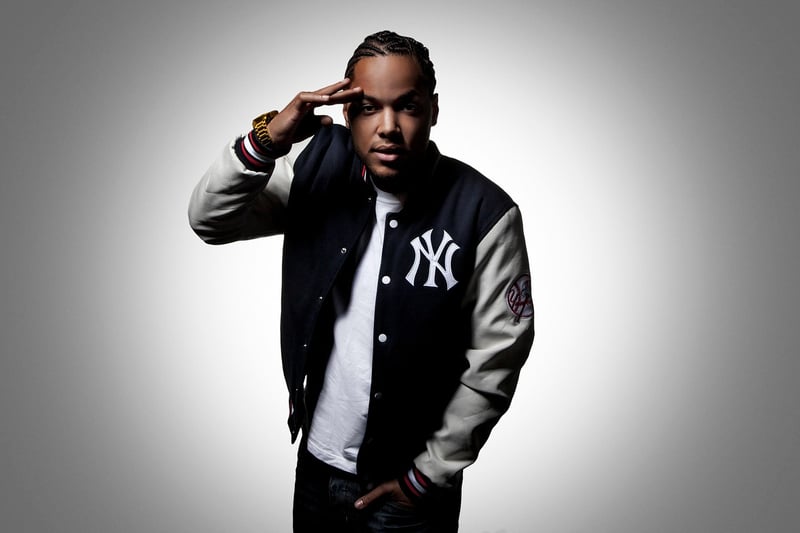Hip Hop
Exploring Expressive Movement Forms in Hip Hop
Hip Hop, as a cultural and artistic movement, encompasses various expressive forms of movement that go beyond just dance. From its origins in the Bronx in the 1970s to its global influence today, Hip Hop has evolved into a multifaceted art form that incorporates elements of dance, music, fashion, and visual arts. In this article, we delve into the diverse expressive movement forms within Hip Hop culture.
1. Breakdancing (B-boying/B-girling)
One of the most iconic and visually captivating forms of movement within Hip Hop is breakdancing. Originating as a street dance style in the Bronx, breakdancing includes dynamic moves such as spins, freezes, and intricate footwork. B-boys and B-girls showcase their skills in battles and performances, often incorporating acrobatic elements into their routines.

2. Krumping
Known for its high-energy and expressive movements, krumping is a dance style that emerged from the streets of South Central Los Angeles. Krump dancers use their entire bodies to convey raw emotions and tell stories through frenetic movements, intense facial expressions, and powerful gestures. The dance form serves as a form of self-expression and release for many dancers within the Hip Hop community.

3. Popping and Locking
Popping and locking are intricate dance styles within Hip Hop that focus on isolations, robotic movements, and precise control of the body. Popping involves contracting and relaxing muscles to create a popping effect, while locking consists of sudden stops and freezes in movement accompanied by distinctive poses. Both styles require a high level of skill and rhythm.

4. Voguing
Originating from the LGBTQ+ ballroom scene in New York City, voguing is a dance style characterized by fluid, graceful movements and dramatic poses. Voguers often engage in "voguing battles" where they showcase their skills in a series of poses and movements set to music. Voguing has become a symbol of empowerment and self-expression within the LGBTQ+ community.

These expressive movement forms within Hip Hop culture not only serve as artistic expressions but also as vehicles for storytelling, empowerment, and community building. By embracing diverse movement styles, dancers within the Hip Hop community continue to push boundaries, challenge norms, and celebrate the rich cultural heritage of Hip Hop.
Explore the world of expressive movement forms in Hip Hop and witness the power of dance to transcend boundaries and unite communities.
